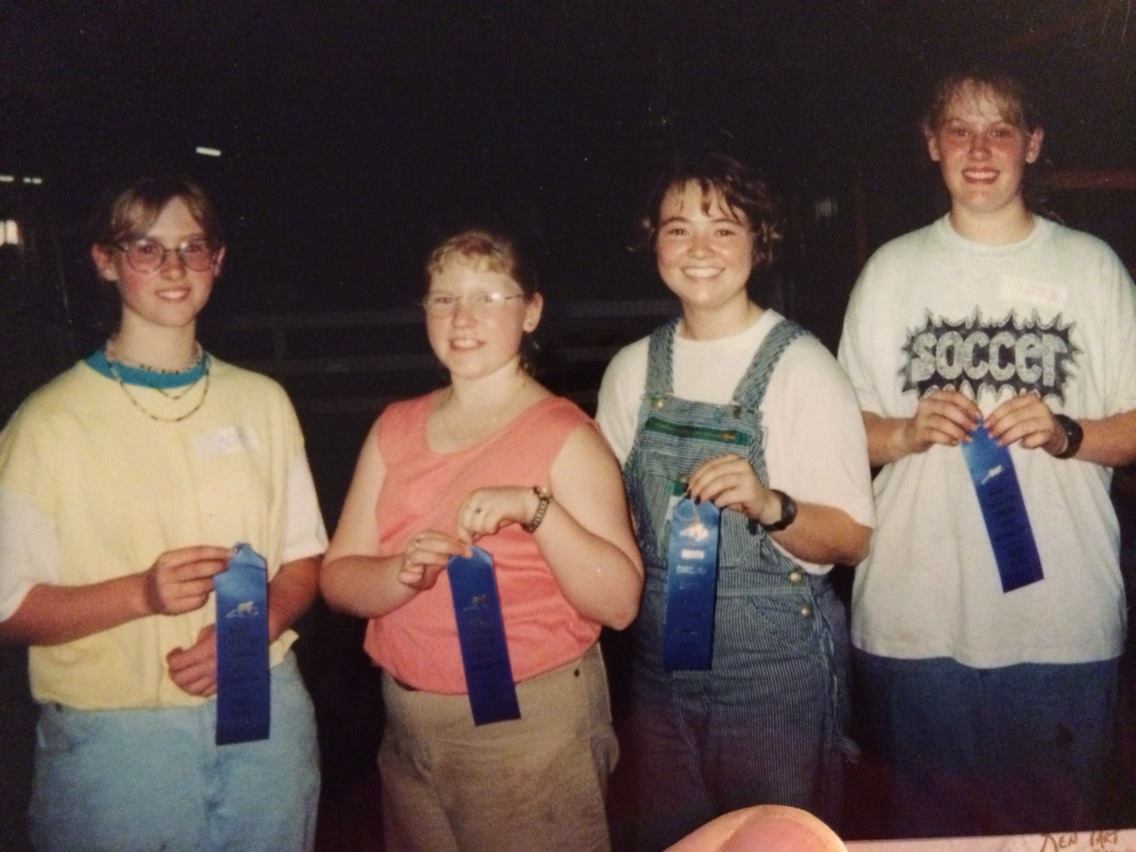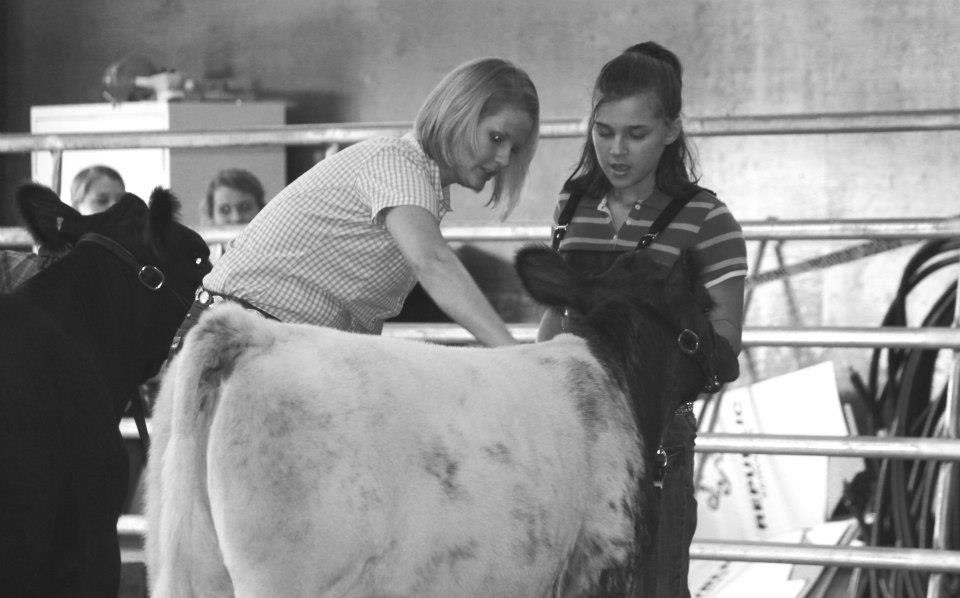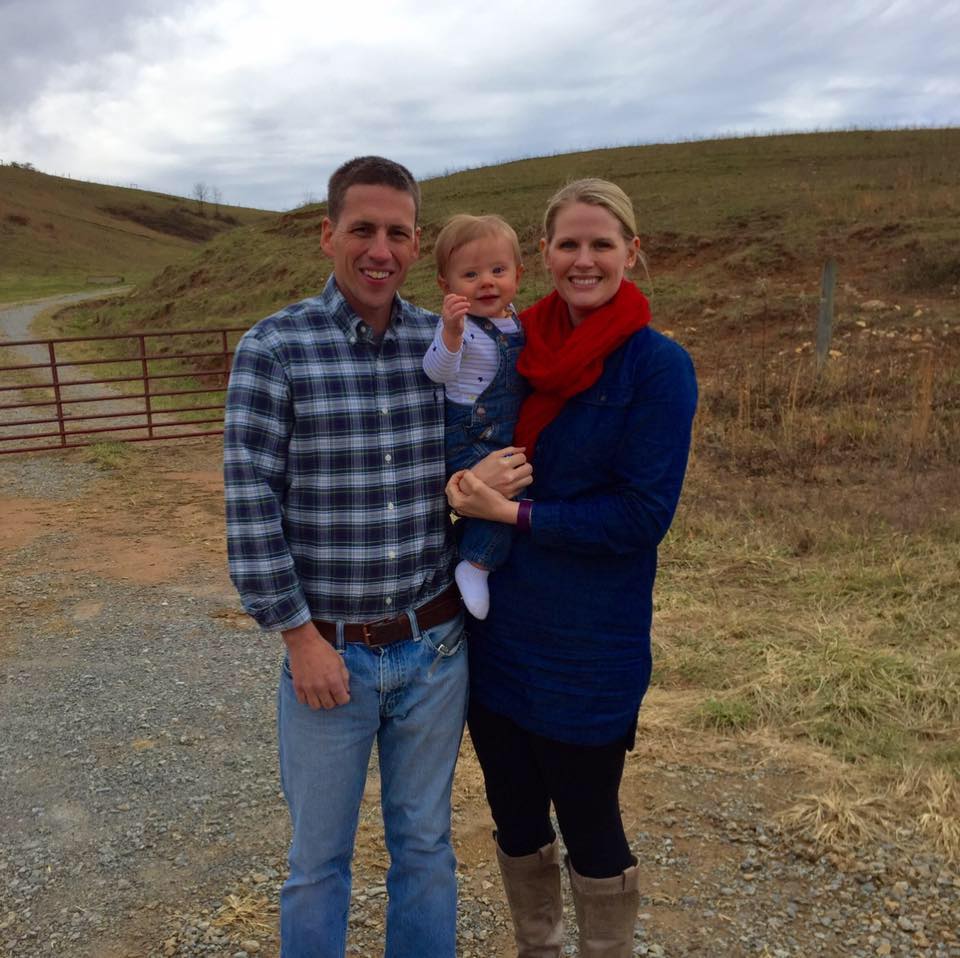I can remember like it was yesterday. Once farm chores and homework were completed, there was the opportunity to fire up the computer. And wait for it connect to the internet via dial up. There was no mute button for the wheerrrrrr wweeee DINNNGGG DDDIINNNNGGG DINNNNGGG of the dial up connecting. For a high schooler in the 90s in rural America, the internet was a fascinating place of email, chat rooms, and AOL Instant Messenger. Only one remains popular, and the others have been replaced with text messaging, Snapchat and Facebook.
We lived in mostly isolated parts of northwest North Carolina; my parents are divorced and both lived on a dirt road. My dad’s was a dead end road, with no neighbors on the road. The closest neighbor at my mom’s was a mile away. Needless to say, there were very few play dates and group activities with other rural youth, with the exception of school and church. And even then, it wasn’t uncommon to still feel somewhat isolated as the other kids at school and church had very little interest in the cattle we hauled across the country or the pigs we were taking to the State Fair.

 Enter the internet, and with it the ability to connect with kids who WERE interested in the same things as me! I met tons of people my age from across the state and nation through FFA and National Junior Angus Association, and the internet gave us the platform to grow our small community. With the reliability of dial up, we were usually only able to chat for 5-10 minutes before a call beeped in or someone else needed the internet for legitimate reasons, like homework, but it was still exciting to talk to other kids who shared my interests.
Enter the internet, and with it the ability to connect with kids who WERE interested in the same things as me! I met tons of people my age from across the state and nation through FFA and National Junior Angus Association, and the internet gave us the platform to grow our small community. With the reliability of dial up, we were usually only able to chat for 5-10 minutes before a call beeped in or someone else needed the internet for legitimate reasons, like homework, but it was still exciting to talk to other kids who shared my interests.
While the availability and reliability of internet in rural areas has changed, the isolation in many of our rural areas has not. Many farm youth and adults are still utilizing the internet for the same reasons I did 20 years ago.

Social media, including Facebook and Snapchat, is allowing those in rural areas to stay in close contact with other like-minded people hundreds or even thousands of miles away. While some get Snaps of people with “duck face,” I get snaps of actual ducks. I get Snaps of farmers feeding their cows, filling silos with grain, and their children around the farm.
My Facebook feed is filled with farms and farm posts. My mom uses Facebook to advertise shares of her Community Supported Agriculture (CSA) garden. My dad has sold cattle, poultry, and rabbits on Facebook. Social media has opened up doors for farmers not only to stay connected with friends, but to connect with new customers they otherwise would have never met.
As a new mom, I’m a member of numerous Buy Sell Trade (BST) children’s clothing groups. As a farmer, I belong to ag-specific BST groups where farmers can post pictures of livestock and equipment. I read articles to stay up to date on current practices, and I can see what other farmers are doing, both locally and nationally, to increase sustainability on my farm and decrease production costs.
While connecting with others is great for business and the opportunity to reach new customers, it’s also very beneficial to the social and mental health of folks who might otherwise feel isolated in rural communities where farm work is often a one-person job. Young people can connect with others who share similar farm interests. While the platforms may have changed, the need for a community is still there and social media provides that avenue.
It’s amazing how far we’ve come in just 20 years. The cell phone I use every day has a larger hard drive and more memory than the clunky computer where I did my high school homework. Farmers can access the internet and network with hundreds of other farmers each day. All without leaving the comfort of their tractor cab.
